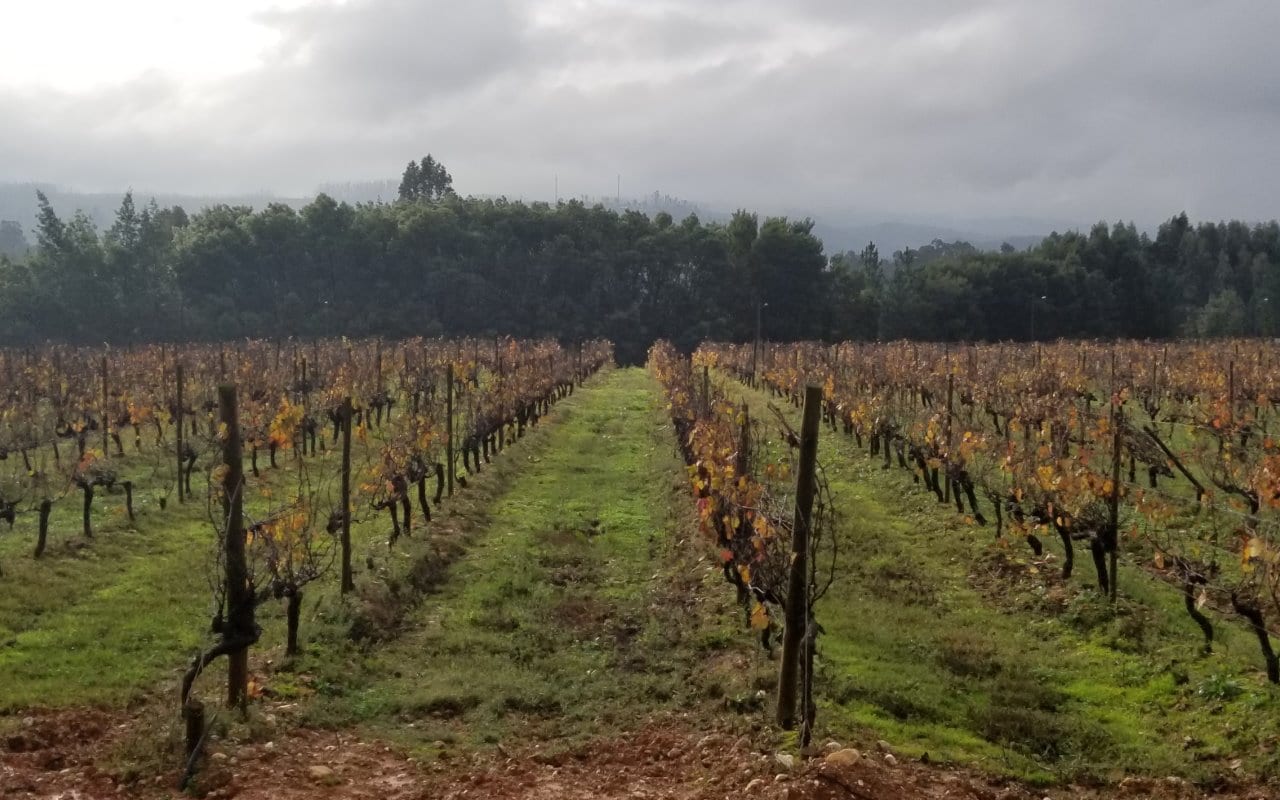
17 Jan Discovering the Dão Region in Portugal
A new year has arrived and with that comes resolutions, hopes for change and excitement for what is new. For me, that means exploring new wine regions. And, one of the regions that I recently had the privilege to visit for the first time is the Dão region in Portugal. There is much to discover in this wonderful region and I shared a bit about the region as a whole in a recent column in the Napa Valley Register, which you can read here.
The new year brings a sense of possibility, of new beginnings, of resolutions. A new year can also bring a sense of discovery and for me. I love discovering new wine regions. Along that line, it is time to discover the Dão.
The Dão region in Portugal is not a new wine region, although it was for me. In fact, it is the second-oldest wine region in Portugal. The Dão Demarcated Region was established in 1908.
The Dão region is located in the center of Portugal, approximately an hour and a half drive southeast from the city of Porto. As we drove into Dão, I was impressed by the number of woods and highlands we could see. All we could see were large trees covering the land as the vineyards are surrounded by the forests. Fortunately, the region was never commercially exposed, so the forests have flourished. There are 150 wineries in Dão, including five cooperatives, across five sub-regions.
The Dão is surrounded by five major mountain ranges: Serra do Caramulo to the west, Serra do Buçaco to the south, Serra da Nave to the north and Serra da Estrela and Serra do Acor to the east. These mountain ranges shelter the region from outside influences. They act as a barrier to the coastal rains, as well as the continental winds. Inside the Dão is a regional river network, with three main rivers, the Dão (the region’s namesake), the Mondego and the Alva.
The terroir of the Dão is specific to the region. There are no outside influences due to the mountains that surround it. The climate in the Dão is temperate; a continental climate with Mediterranean influences, the winters are cold and rainy and the summers are dry and hot. A huge diurnal shift of more than 30 degrees from day to night results in fresh and elegant wines. The soils are mainly granitic with some schist.
The vineyards are located on plateaus that sit more than 1,300 feet above sea level and are exposed to the sun. Standing in the vineyards in the Dão, breathing in the crisp, fresh air, I began to understand the terroir, which, in turn, helps to understand the wines.
Reds, whites, rosés and sparkling wines are all produced in the Dão and the quality of the wines, matched by the value, make them great wines to discover.
The primary red grapes are Touriga Nacional, Tinta Roriz (also known as Tempranillo), Alfrocheiro, Jaen and Tinto Cao.
The primary white grapes are Encruzado, Mavasia Fina, Cerceal, Gouveio and Bical. Traditionally, the wines from the Dão were blends, with each of these grapes offering different qualities to the wines.
For the red wines, Alfrocheiro adds the strawberry and high acidity, Tinto Cao adds the elegance and acidity, Touriga Nacional adds the structure, Jaen adds the soft and round tannins and Touriga Nacional adds the tannin and sour cherry.
For the white wines, Encruzado provides the structure and aging, Malvasia Fina the flavor, Cerceral the acidity, Gouveio the minerality and Bical the body and strength.
Wine has continually been produced in the Dão since its demarcation in 1908. All through the dictatorship in Portugal, Dão was designated as the region to produce wine, whereas the coast was designated for fishing and Alentejo was designated for grain production. During this time, cooperatives were formed. Portugal became a democracy in 1974 after the revolution but the co-ops continued to produce unbalanced wines.
From the 1980s to the 1990s, the wines from the Dão were overlooked. But, in the last two decades, the quality of Dão wines has drastically improved. Many producers are focusing on the individual grape varieties instead of blends.
The result is that the wines of the Dão are elegant, fresh and delicious with great aging potential as well as great value. It is definitely time to discover the Dão region, and I will be sharing stories of some of the wineries I visited in the new year.
Read the original story in the Napa Valley Register.
Discover more from Please The Palate
Subscribe to get the latest posts sent to your email.





